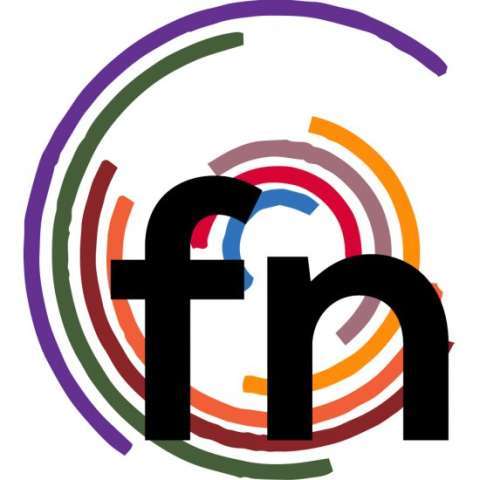Makin' It & Savin' It!
Anton Cheranev of Profitable Marketing
10 Ways To Sell Your Festival Products Faster
1. Give people a deadline to order. This will create an urgency so they don't put off buying.
2. Offer people a money back guarantee. The longer the guarantee the more effective it will be.
3. Offer a free on-site repair service for products you sell.

4. Publish testimonials on your ad copy. They will give your business credibility and you'll gain peoples trust. It's important to include the persons full name and location with the testimonial.
5. Give people free bonuses when they order your product or service. The free bonuses could be books, jewelry, reports, newsletters, etc.
Read more!




 You need a team to organize an event. You can't do everything by yourself. So I don't need to tell you further, how important a team is for your event. Event mismanagement is mostly about team mismanagement.
You need a team to organize an event. You can't do everything by yourself. So I don't need to tell you further, how important a team is for your event. Event mismanagement is mostly about team mismanagement. Your marketing plan gives you enough information to give an enthusiastic investor a fair amount of confidence that you won't be so buried in operating costs that your bottom line never sees the light of day, yet not enough to actually execute. It's not intended to be your "how to" manual, after all. So, what do you do?
Your marketing plan gives you enough information to give an enthusiastic investor a fair amount of confidence that you won't be so buried in operating costs that your bottom line never sees the light of day, yet not enough to actually execute. It's not intended to be your "how to" manual, after all. So, what do you do?



 Your best selling item may be because of a modest price, appeal to a large market, great color combination, current fashion trend, or numerous other reasons irrelevant to artistic depth or quality.
Your best selling item may be because of a modest price, appeal to a large market, great color combination, current fashion trend, or numerous other reasons irrelevant to artistic depth or quality.







 Do you want a successful, stable and rewarding music career as a professional musician? Would you like to know exactly what record labels, music producers, and artist management companies are looking for when seeking out new artists? There are many great musicians who are not able to build a successful career in music because they do not know what it is these music companies want from them. As a result, many struggle and wonder why they are unable to "make it in the music business" even though they may be incredible musicians with great songs. What usually happens is that musicians start to believe the common myth about 'luck'. They believe that you need to "get lucky" in order to "make it in the music industry." The result is that most musicians give up on their dreams and get a normal (non music related) day job.
Do you want a successful, stable and rewarding music career as a professional musician? Would you like to know exactly what record labels, music producers, and artist management companies are looking for when seeking out new artists? There are many great musicians who are not able to build a successful career in music because they do not know what it is these music companies want from them. As a result, many struggle and wonder why they are unable to "make it in the music business" even though they may be incredible musicians with great songs. What usually happens is that musicians start to believe the common myth about 'luck'. They believe that you need to "get lucky" in order to "make it in the music industry." The result is that most musicians give up on their dreams and get a normal (non music related) day job.

 Steps Involved in Writing the Evaluation of an Event
Steps Involved in Writing the Evaluation of an Event
